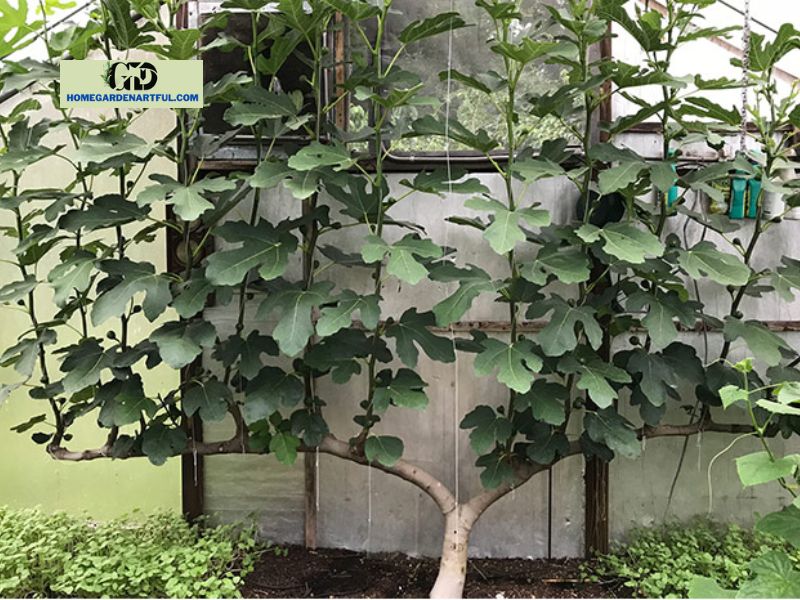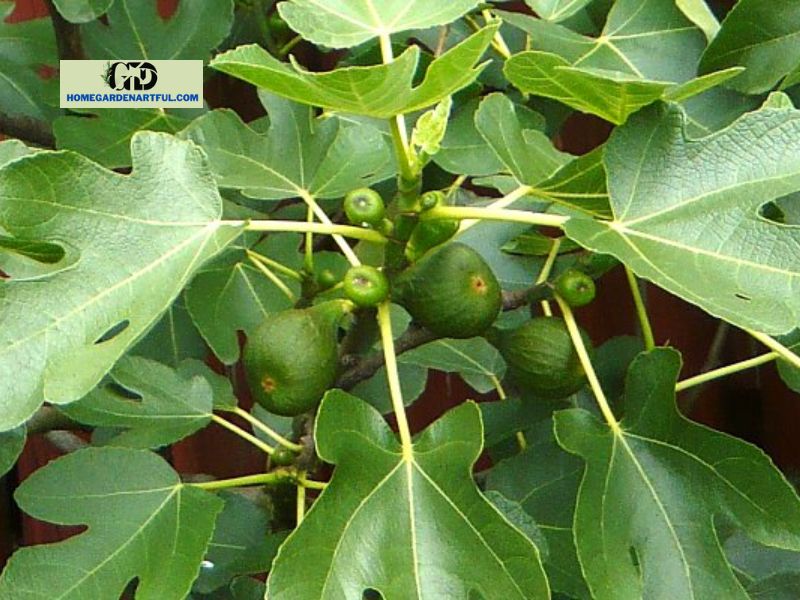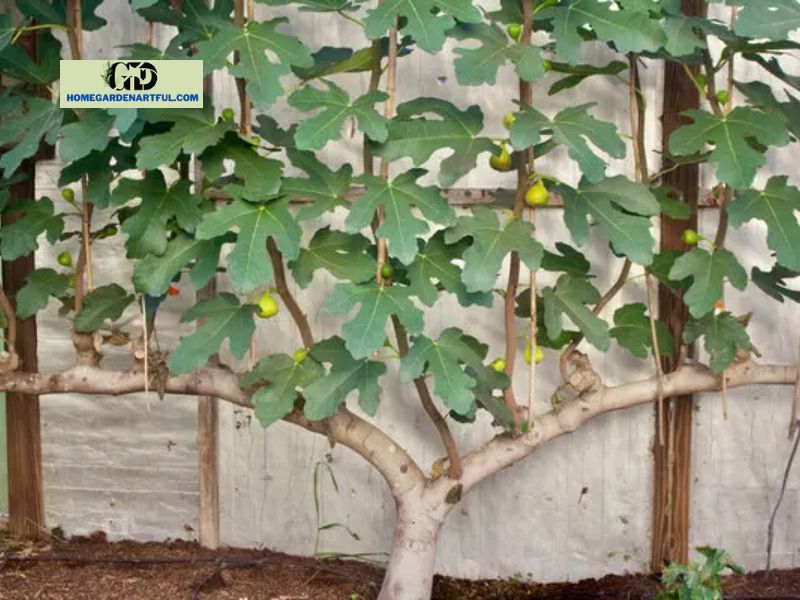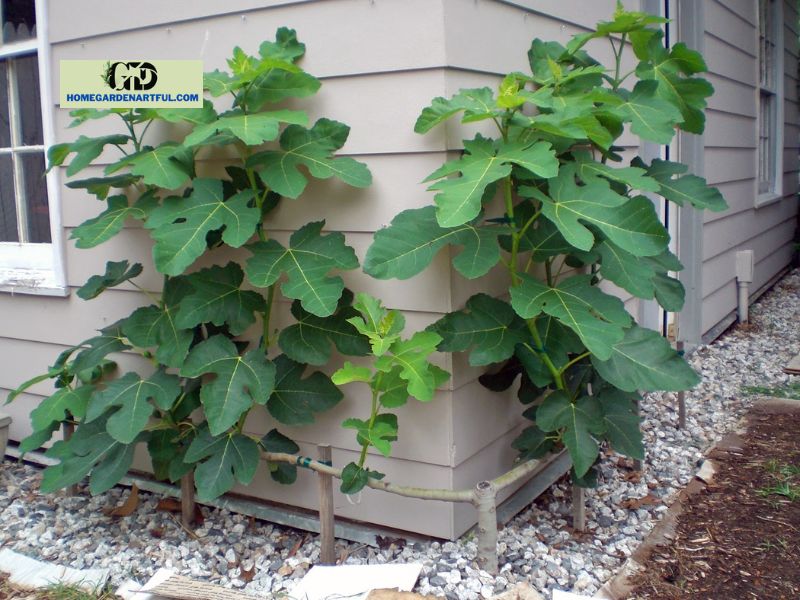Have you ever seen an Espaliered Fig Tree? Have you ever wanted to grow fruit but didn’t want to give up yard space for an heirloom apple tree? Even a crab apple may be too big. Then you’ll be interested in learning about espalier fruit trees and how they’re grown!
Espalier has been utilized to make low walls, lattice-patterned foliage, and, most importantly, flat-growing fruit trees that may live along a fenceline. It can take several years of training a tree or shrub to achieve the desired effect, but it’s incredibly wonderful once it takes shape. Discover at homegardenartful.com!
The Origins of Espaliered Fig Tree

It’s difficult to pinpoint when and where the art of espalier first emerged. Throughout the Middle Ages, ornamental horticulture, especially topiary art, was popular. Yet, espalier fruit trees and other types became popular during the Renaissance.
As we look at tapestries from the time period, we can see some examples of early espalier. They are not consistently found in tapestries or paintings from the historical period, but they are visibly becoming a part of formal garden culture.
The original name for a tree planted out from a wall but utilizing a trellis to shape and form it was a contre-espalier or espalier-are. Another name for this type of tree was cordon, which grew as a single stem upwards and at an angle from its straight trunk.
Almost all of these are currently considered kinds of espalier artwork. It’s the same method whether you’re making a complex archway out of orange branches, an attractive privacy screen out of Japanese maple shoots, or just growing peaches or plums along the fence line.
What Is the Process of Espalier?

Espalier fruit trees are planted as young saplings, usually between a year and two.
Supple new-growth branches will be bent to shape and attached to a trellis or wires as the tree grows and matures. This maintains them growing in the right shape. New shoots that do not follow the ideal pattern are trimmed.
Espalier comes in a variety of shapes and styles. Horizontal branches, a candelabra layout, or a fan shape are some of the most frequent configurations for espaliered trees growing against walls. These are very common on fruit trees that have been endangered.
The Belgian fence or lattice, spiraling designs to go around pillars, and various arched configurations, with horizontal fences are examples of cordon-style or contre-espalier patterns. Vineyards frequently train grapes using a horizontal cordon, resulting in many small walls of vines.
These must be pruned on a regular basis to prevent new branch growth from hardening off without being trained or trimmed. Maintenance also ensures that fruit or flowers are placed in areas where they are properly supported by both the branch as well as the supports.
Finally, the natural form involves training the tree to grow flat against its surface without shaping the branches to certain shapes. For beginners, this is the most basic style.
What Is the Distinction Between Formal and Informal?

In essence, formal espalier is more difficult than informal espalier. But first, let’s look at the distinctions between the two.
To guarantee that the trees follow their planned patterning, formal espalier requires continuous and regular pruning. Traditional styles include ornate designs such as Belgian fences/lattices, spirals, and exceedingly symmetrical forms.
A particularly symmetrical candelabra pattern with 4 branches trained to a fork-like shape, for example, would be formal. A formal fan, on the other hand, would be exceedingly symmetrical and accurate.
Informal espalier patterns are flawed. These acknowledge that trees are not always uniform and hence do not require perfect shape as vehemently. The primary Y pattern is one of the simplest examples, in which two branches are trained upward in a V-shape from a single stem.
Informal espalier may also enable short, 12′′-18′′ branches to sprout from the front of the tree, allowing for more fruiting space. The trained branches may be less symmetrical, allowing various fruiting tips to grow from them, or they may be of varying heights and angles.
Conclusion
Established figs require little pruning and are fruitful even without it. Heavy pruning, as stated above, should be limited to the first couple of years. That being said, mild thinning can be done to eliminate any weak, diseased, or dead limbs or stems. Whitewash the entire tree if extreme pruning is used to control size or revitalize an aging tree.


